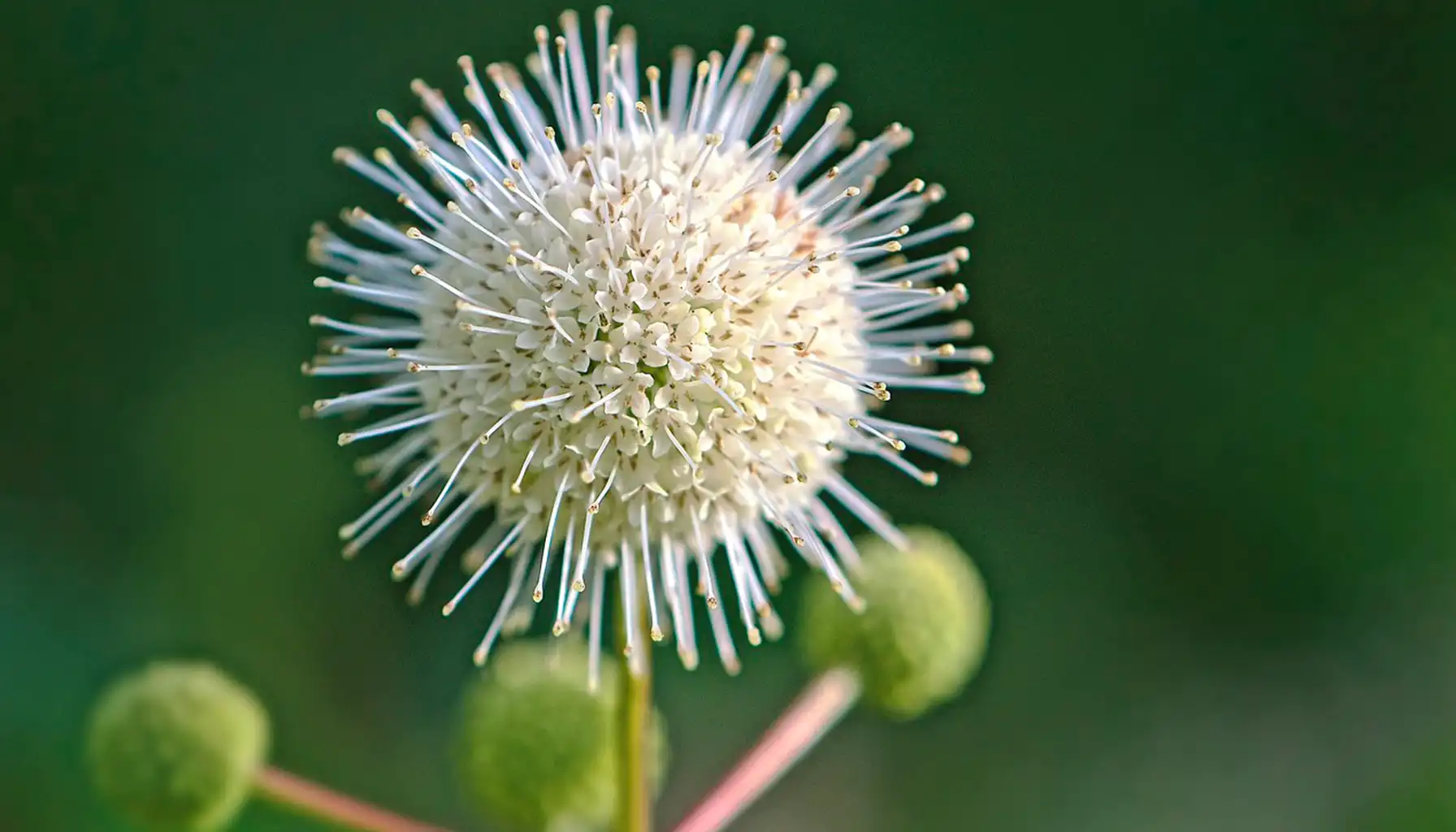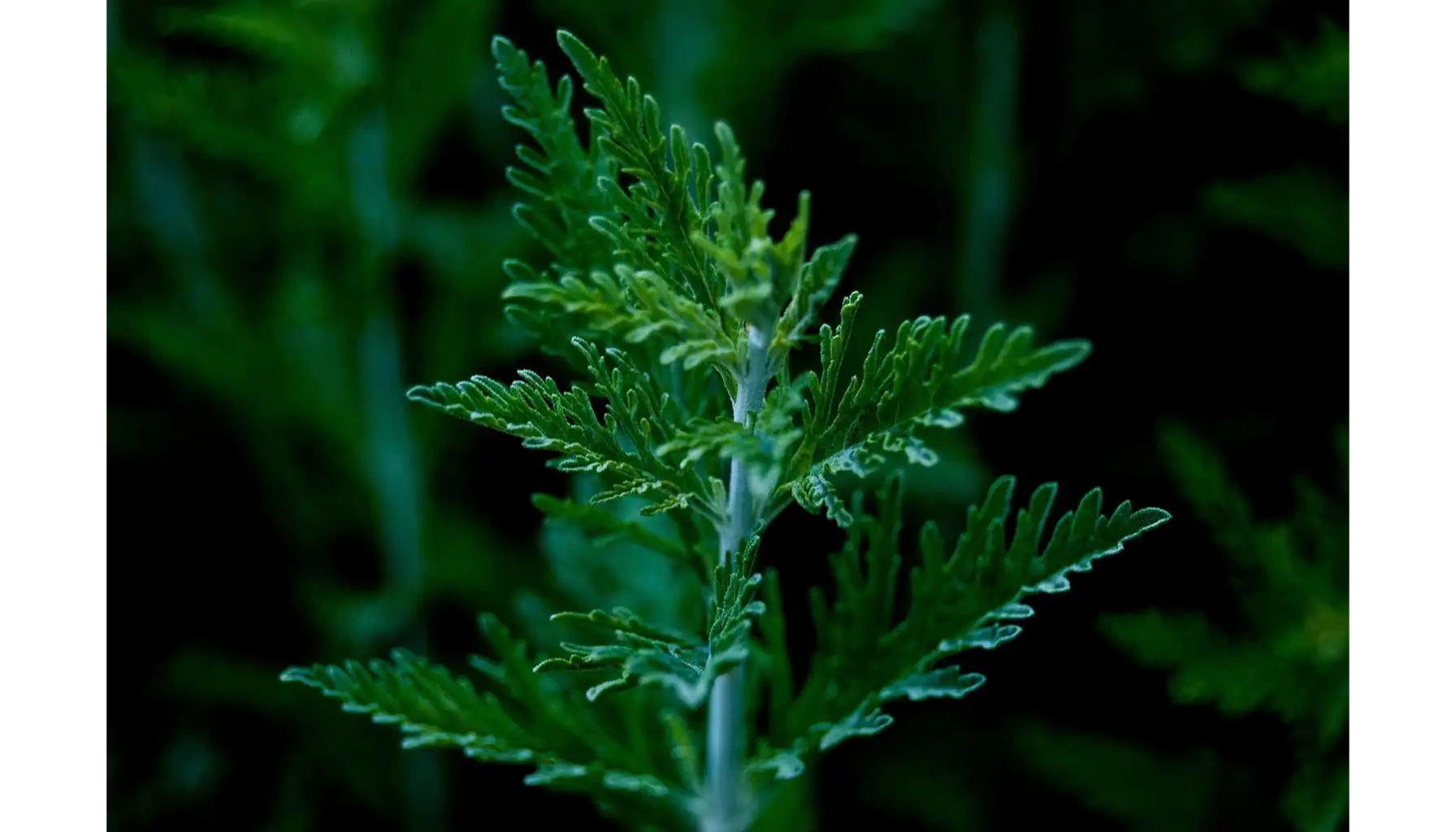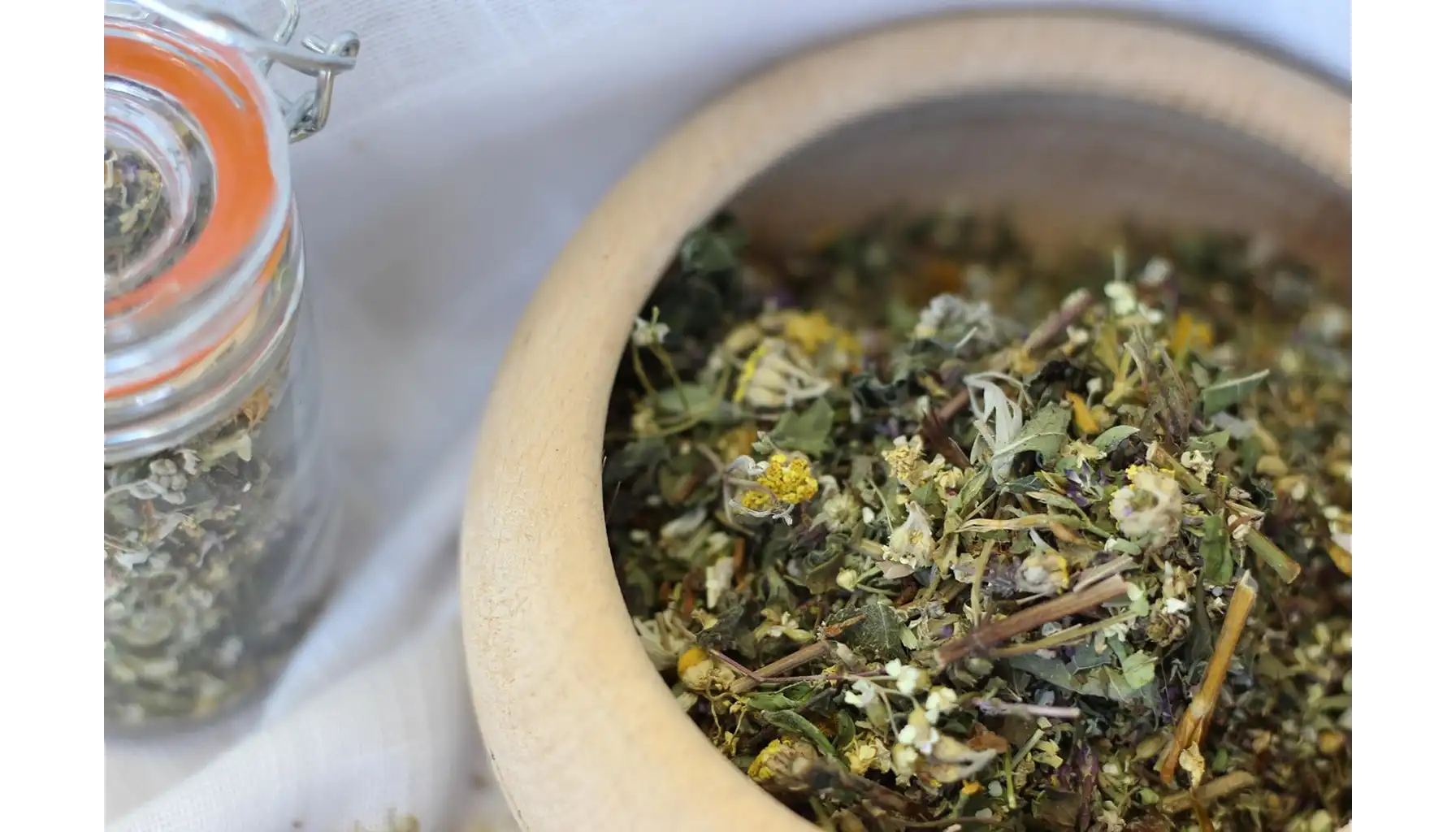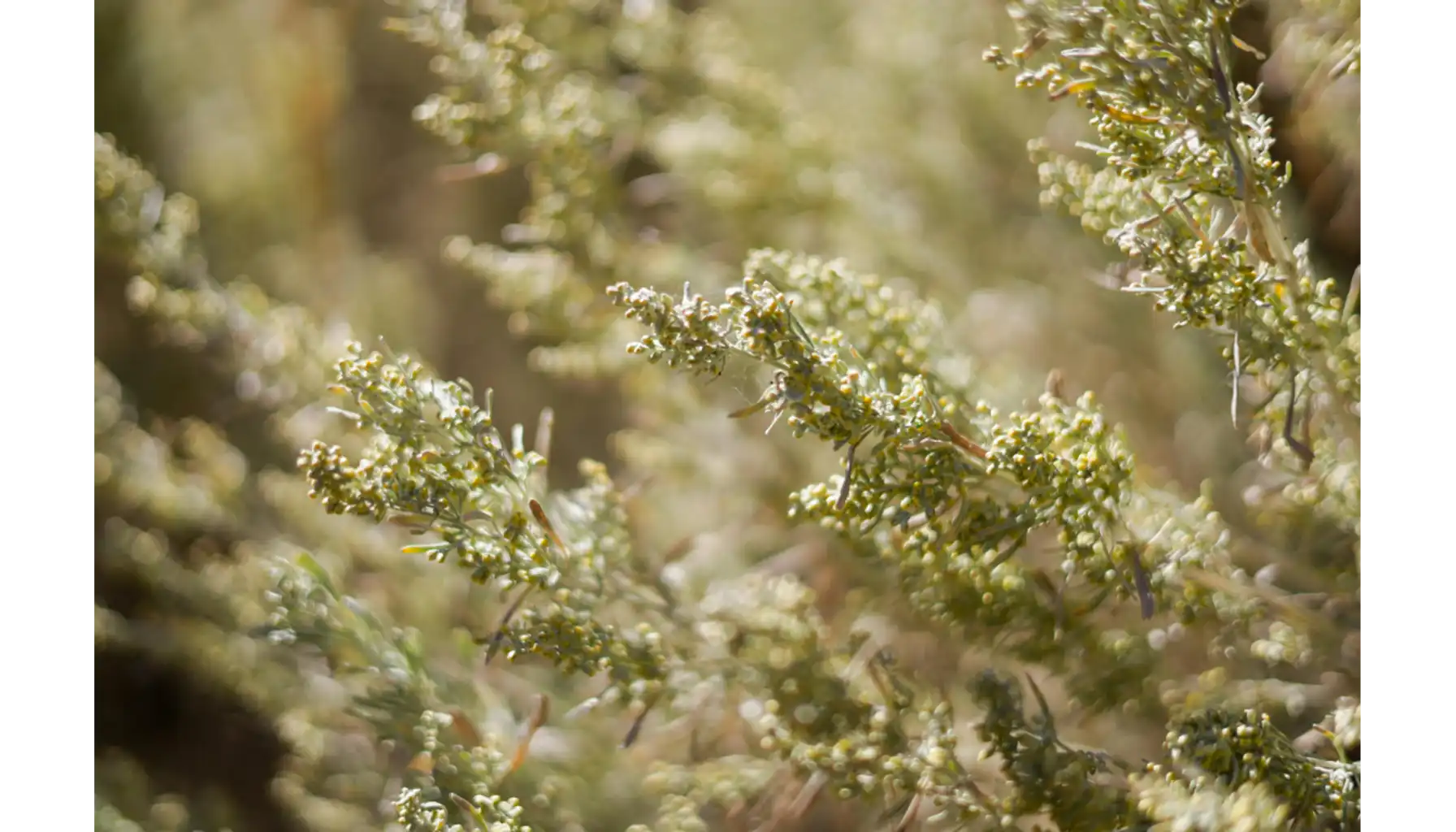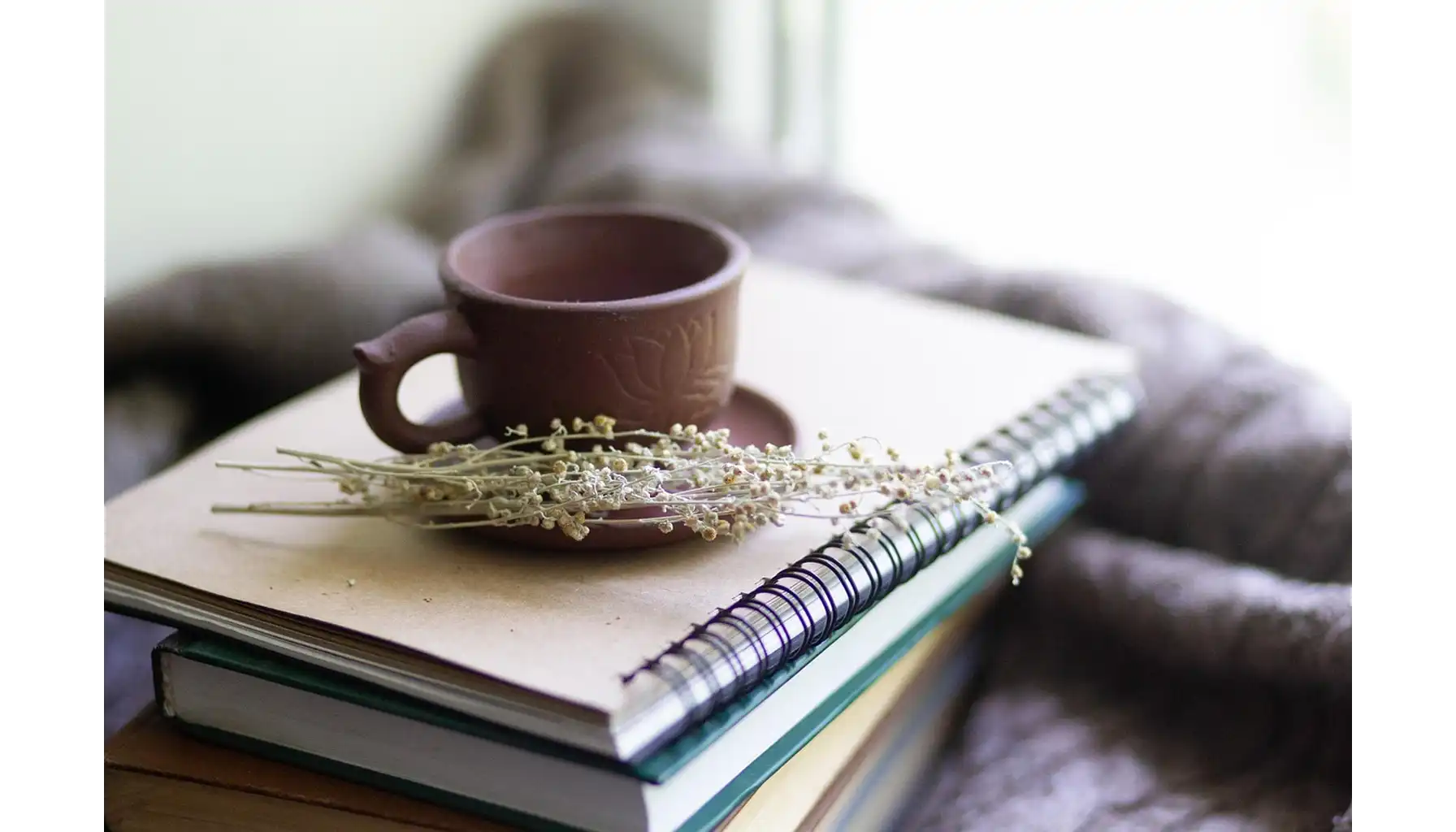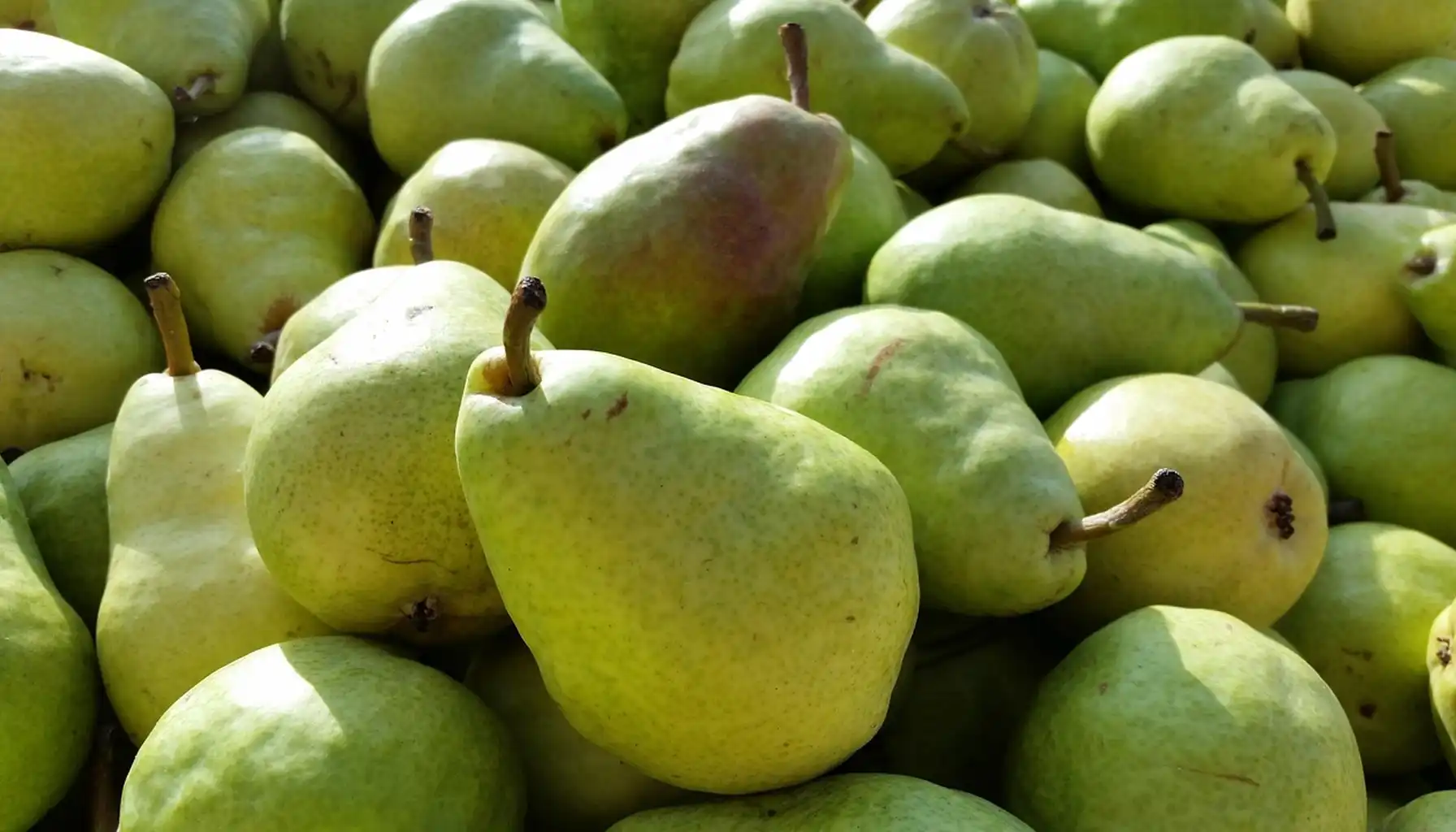You must recognize this tart aroma and spicy, fresh taste, as well as rich silver foliage. All of it is about Artemisia, a wide category of plants. It involves various types like tarragon and sagebrush, from tiny grass to tall shrubs, and they can fit anywhere from a windowsill to a garden.
Learn how to choose the right ones for your needs and recognize safe and poisonous varieties with a plant identifier, find out about culinary, ornamental, and herbal medicine applications.
What Is Artemisia Plant: Scientific Glance
Scientific Classification: Genus Artemisia, family Asteraceae.
Diversity: Over 300 species across the globe, ranging from small perennials to large shrubs.
Morphology: Most species share finely divided, feathery leaves in shades of silver, gray, or green. Flowers are typically small and less showy, but the foliage is the star attraction. Growth habits vary from compact groundcovers to tall, upright shrubs.
Native Range: Widespread in temperate zones of Europe, Asia, North America, and Africa. Many species are naturally adapted to dry, sandy, or rocky soils.
This adaptability makes Artemisia plant flower an excellent choice for gardens that face hot summers, poor soils, or limited water. Its unique look also provides an instant contrast against greener foliage plants.
Notable Types and Ornamental Varieties
Silver Artemisia plant offers an impressive variety, with each species or cultivar serving a unique role in gardening, culinary use, or herbal medicine. Here are some of the most recognized types:
Wormwood plant Artemisia absinthium: Upright perennial with silvery, aromatic foliage. Historically used in absinthe and herbal medicine.
Artemisia schmidtiana (‘Silver Mound’): A favorite for borders and rock gardens; compact, soft, mounding foliage that looks like a silver cushion.
Artemisia stelleriana (‘Silver Brocade’, ‘Silver Cascade’): Low-growing, coral-like leaves; excellent for edging and containers.
Artemisia ludoviciana (‘Silver King’): Spreading perennial with tall, upright stems and bold silver foliage. Tolerates tough conditions.
Artemisia dracunculus (Tarragon): Culinary herb used extensively in French cuisine for its delicate anise-like flavor.
Artemisia abrotanum (Southernwood): Bushy, aromatic foliage with historic use in herb gardens.
Artemisia annua (Sweet Wormwood): Tall annual and source of artemisinin, a groundbreaking anti-malarial compound.
Artemisia vulgaris (Mugwort): Tall perennial with a history in traditional medicine and cooking.
Artemisia tridentata (Big Sagebrush): Iconic shrub of western North America, valued for its ecological importance.
Popular Multicolor Artemisia Plant Varieties
Species | Growth Habit | Main Use | Notable Feature |
Wormwood | Upright perennial | Herbal / ornamental | Absinthe ingredient |
Silver Mound | Compact mound | Ornamental groundcover | Soft, feathery silver leaves |
Silver Brocade | Low-spreading | Edging, containers | Coral-like foliage |
Silver King | Upright, spreading | Landscape / tough sites | Vigorous, silver stems |
Tarragon | Upright herb | Culinary | French cooking staple |
Mugwort | Tall perennial | Medicinal / culinary | Aromatic, vigorous grower |
Big Sagebrush | Large shrub | Ecological landscaping | Iconic western species |
Benefits and Uses
Artemisia is a plant group that bridges ornamental beauty with practical applications. Gardeners, herbalists, and cooks alike find value in its foliage, fragrance, and chemistry.
Ornamental Value
The striking silver and gray-green leaves add brightness and contrast in borders, rock gardens, and containers. Many species are deer-resistant and drought-tolerant, making them reliable in challenging sites. Groundcover types like ‘Silver Mound’ soften hard edges, while upright species like ‘Silver King’ provide vertical accents.
Herbal and Medicinal Roles
For centuries, Artemisia vulgaris mugwort plant has been part of traditional medicine.
Digestive Aid: Wormwood (A. absinthium) and mugwort (A. vulgaris) have been used to stimulate digestion and treat intestinal issues.
Anti-inflammatory and Antimicrobial: Extracts of various species are studied for their potential in soothing inflammation and fighting microbial infections.
Modern Medicine: A. annua (Sweet Wormwood) is the natural source of artemisinin, a compound essential in malaria treatment worldwide.
Culinary Uses
Not all species are edible or medically useful, but some have significant culinary value:
Tarragon (A. dracunculus): A cornerstone of French cuisine, known for its delicate anise-like flavor in sauces, poultry dishes, and dressings.
Herbal Teas: Artemisia afra plant and the artemisia herba-alba plant have historically flavored teas, though with caution due to their strong taste and potency.
Ecological Benefits
Beyond human use, Artemisia plant benefits involves ecosystems support:
Provides nectar for beneficial insects and pollinators.
Serves as a habitat for native wildlife in dry or sandy environments.
Helps stabilize poor soils with its hardy root systems.
Growing Tips
Most Artemisia species are tough and low-maintenance, but following a few guidelines ensures healthy growth:
Light: Full sun is preferred for best foliage color and compact growth. Some species tolerate partial shade.
Soil: Well-drained, sandy, or rocky soils are ideal. Heavy, wet soils increase risk of root rot.
Watering: Once established, artemisia herba alba plant thrives on neglect. Water sparingly; too much moisture reduces vigor.
Fertilization: Minimal feeding is required. Excess nutrients often make foliage lanky or dull.
Pruning: Shear back in midsummer or after flowering to refresh foliage and maintain shape.
Spacing: Allow space for spreading types; use root barriers for aggressive rhizomatous species.
Growing Artemisia at Home
Mugwort plant Artemisia vulgaris and its relatives adapt surprisingly well to container life, making it accessible for balcony gardens or sunny windowsills.
Containers: Use pots with drainage holes and fill with a gritty, free-draining soil mix.
Light Needs: Place in a location with at least 6 hours of direct sunlight daily; a south-facing window works best indoors.
Watering: Water lightly and only when the soil dries out. Overwatering is the main cause of decline.
Best Varieties for Pots: Compact cultivars such as ‘Silver Mound’ or ‘Silver Brocade’ suit small spaces beautifully.
Maintenance: Trim lightly to keep a neat form. Avoid heavy feeding, which can cause leggy growth.
Pro Tip: The AI Plant Finder app can help set reminders for watering and pruning, while its light-detection tool ensures your mugwort Artemisia vulgaris plant gets the sun it needs.
Propagation
Artemisia wormwood plant and its other varieties can be propagated in several straightforward ways, making it easy to multiply favorites or share plants with others:
Division: Clumps can be divided in spring or fall. Each section should include roots and healthy shoots for strong regrowth.
Cuttings: Take 3–5 inch softwood or semi-hardwood cuttings in late spring or summer. Use rooting hormone and plant in a gritty mix until roots form.
Seed: Some species, such as A. annua, are grown from seed. Keep in mind that hybrids may not come true to type.
Most gardeners prefer division or cuttings, as these methods preserve the desirable traits of ornamental cultivars like Artemisia plant Silver Mound or ‘Silver King’.
Landscaping Ideas
Artemisia absinthium plant for sale works greatly in garden design. Its silvery foliage provides contrast and structure, while its toughness makes it invaluable in problem areas.
Borders and Groundcovers
Compact forms like Artemisia Morris Strain plant soften pathways, edge flower beds, and add texture alongside perennials. Their feathery foliage is especially effective against bold-flowered plants such as daylilies or echinacea.
Mediterranean and Xeriscape Gardens
Pair Artemisia silver mound plant with lavender, rosemary, and sage for a drought-tolerant display. These combinations thrive in hot, dry conditions while maintaining visual harmony through silvery-green tones.
Containers and Patios
Small cultivars suit decorative pots on patios or balconies. Their foliage adds elegance without overwhelming smaller spaces, and they combine well with trailing plants like ivy.
Slopes and Challenging Sites
Species like ‘Silver King’ and Artemisia Annua plant thrive on dry banks or rocky areas where other plants fail. Their deep roots help control erosion, making them practical as well as ornamental.
Frequently Asked Questions
How many types of Artemisia are there?
Over 300 species of Artemisia plant for sale are available, ranging from small perennials to large shrubs.
What is the difference between wormwood and mugwort?
Both are same type species; wormwood Artemisia absinthium plant (A. absinthium) is known for absinthe and medicinal uses, while mugwort (A. vulgaris) is used in traditional remedies and cooking.
Is Artemisia safe for culinary use?
Only selected species such as tarragon or artemisia scoparia plant are edible. Many others are bitter or mildly toxic.
Which Artemisia is poisonous?
Certain types, like Artemisia absinthium wormwood plant and artemisia pontica plant, contain thujone, which is toxic in large amounts and is used in production of absinthe and vermouth. Also, certain varieties like artemisia powis castle plant are used for decorative purposes only.
Is mugwort easy to grow?
Yes. Mugwort is vigorous, hardy, and adapts to many soils, though it can spread aggressively.
What diseases are cured by Artemisia?
Plant Artemisia annua or artemisia plant sweet annie produces artemisinin, widely used for malaria treatment. Other species are studied for anti-inflammatory and antimicrobial properties.
Related AI Plant Finder Posts
